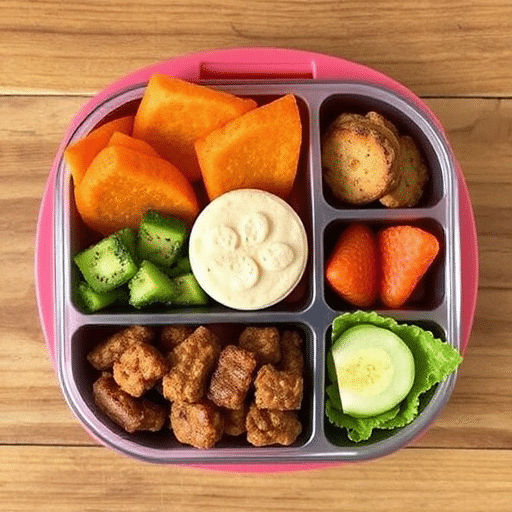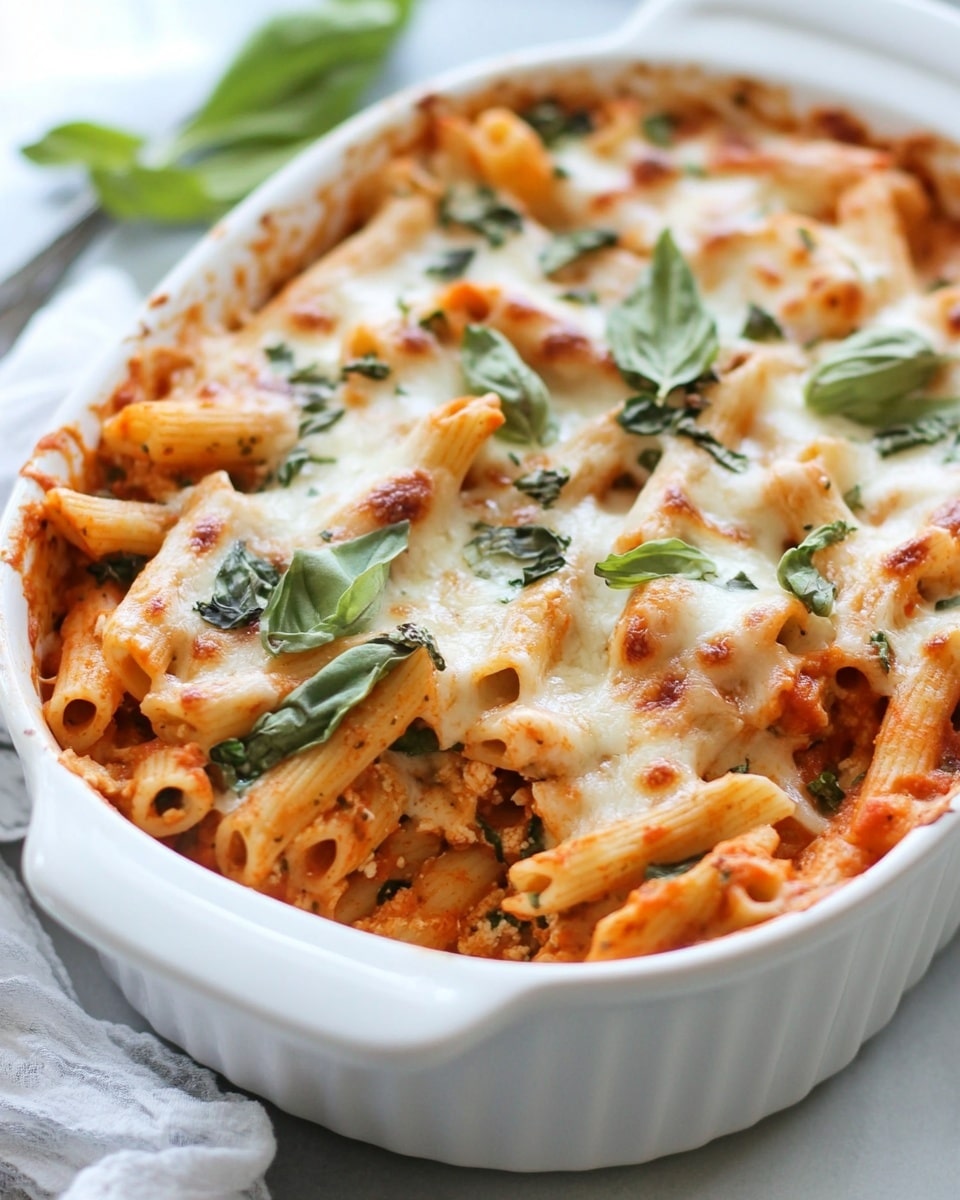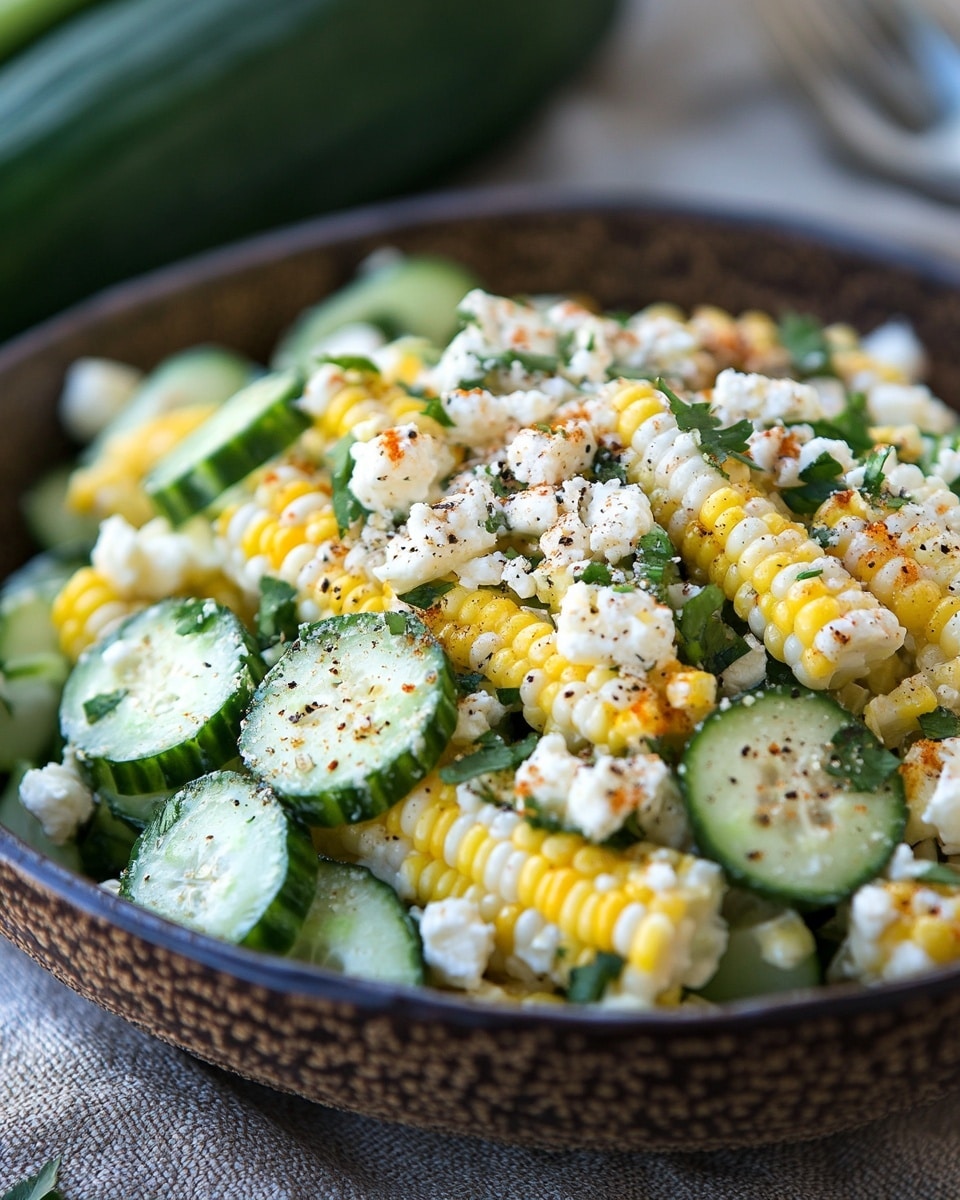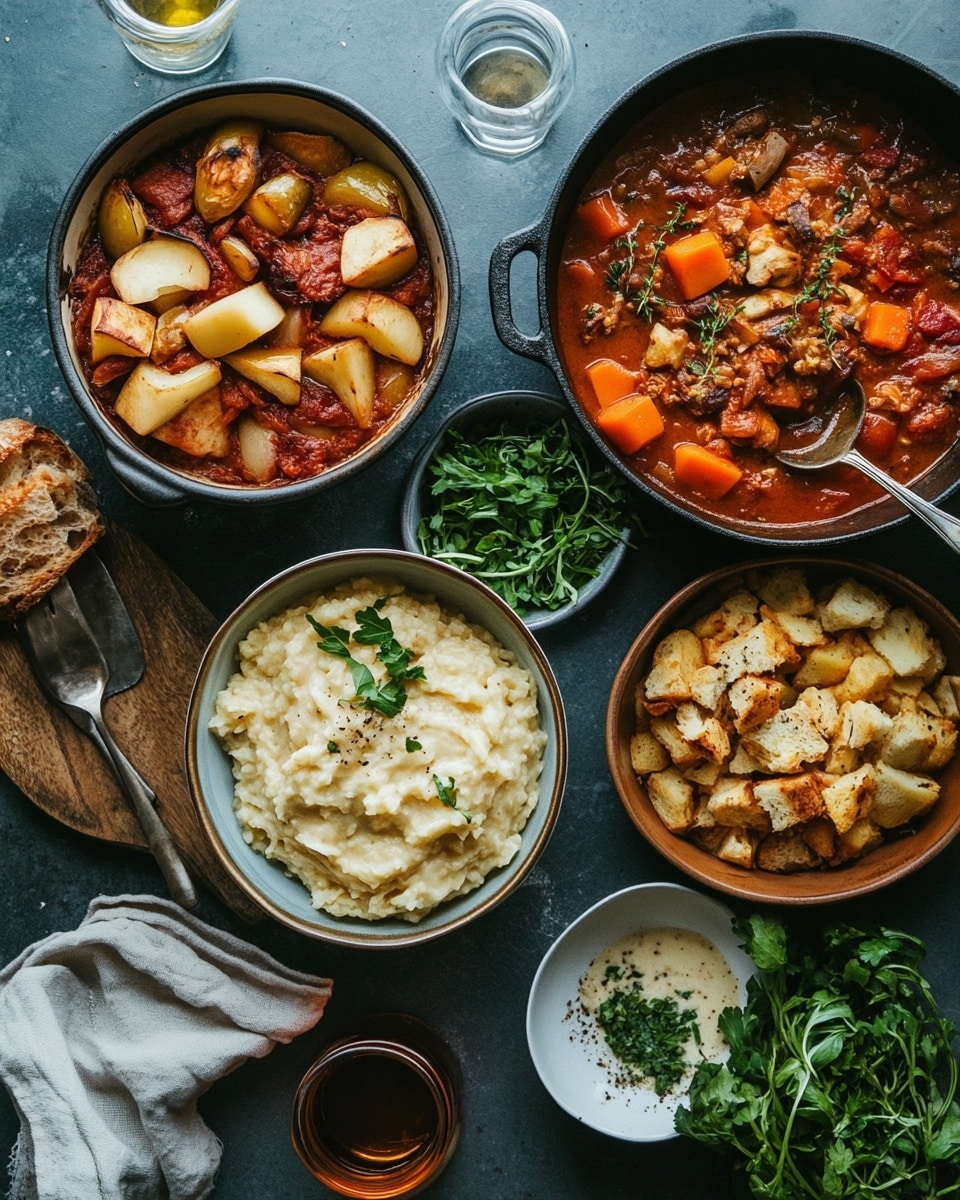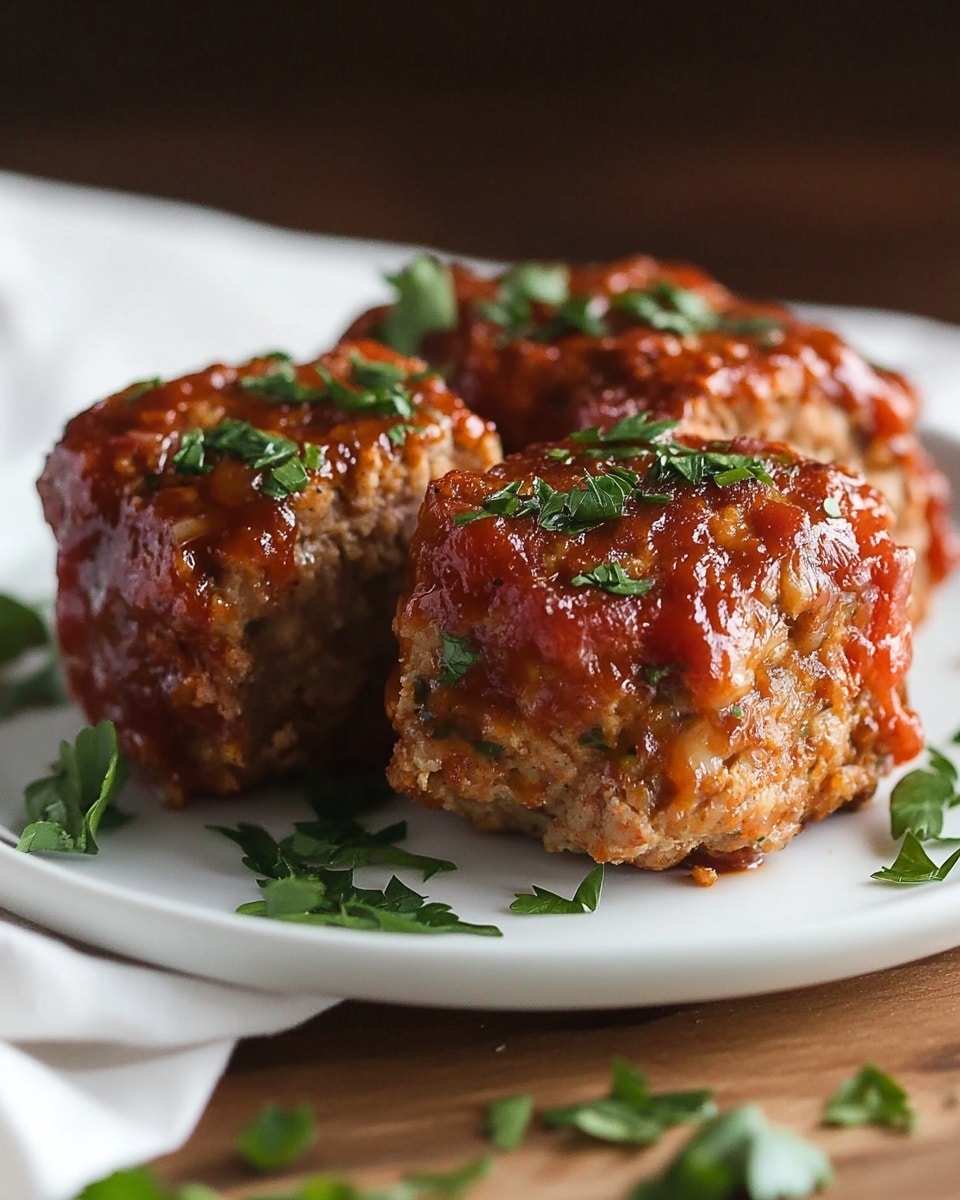The Lunchbox Dilemma: Are Your Kids Really Eating Their Veggies?
Did you know that despite our best intentions, a staggering 70% of packed school lunches sent from home don’t meet basic nutritional guidelines? That’s right, a recent study highlighted that less than one-third of packed lunches contain a serving of vegetables, and nearly half lack fruit. It’s enough to make any parent wonder: how can we make School Lunch Bento Ideas not just appealing, but truly nutritious for our kids? Gone are the days of sad, soggy sandwiches. We’re here to challenge the notion that healthy eating for kids is a battle, turning lunch into an exciting, edible adventure they’ll actually look forward to. Let’s dive into creative, data-backed strategies to revolutionize your child’s midday meal, ensuring they get the fuel they need to thrive.
Ingredients for Bento Box Brilliance
Crafting the perfect bento box is all about balance, color, and texture. Think of your bento as a miniature artistic canvas! Here’s a versatile list to get you started, with plenty of room for delightful personalization.
- Protein Powerhouse:
- Grilled Chicken Strips (thinly sliced, savory, and ready for dipping)
- Hard-Boiled Eggs (creamy, satisfying, and easy to peel)
- Nut Butter (like almond or sunflower butter – smooth, nutty, and energy-dense for wraps or fruit)
- Hummus (velvety, garlicky, and perfect for dipping)
- Cheese Cubes or String Cheese (sharp or mild, offering a delightful chew)
- Edamame (bright green, slightly sweet, and fun to pop)
- Lunch meat roll-ups (turkey or ham, rolled with cheese)
- Leftover meatballs or mini frittatas
- Vibrant Veggies (choose 2-3 for maximum appeal):
- Cucumber Slices (refreshing, crisp, and cool)
- Baby Carrots (sweet, crunchy, and portable)
- Bell Pepper Strips (red, yellow, or orange – vibrant and sweet)
- Cherry Tomatoes (juicy, bite-sized bursts of flavor)
- Sugar Snap Peas (sweet, crisp, and delightfully snackable)
- Broccoli Florets (steamed lightly for tenderness, earthy, and nutritious)
- Fruity Fun (choose 1-2, aiming for variety):
- Grape Clusters (sweet, juicy, and fun to pull apart)
- Berries (strawberries, blueberries, raspberries – burst with natural sweetness and antioxidants)
- Melon Chunks (cantaloupe, honeydew – hydrating and delightfully sweet)
- Orange Segments (tangy, citrusy, and easy to peel)
- Apple Slices (crisp, sweet, and can be pre-treated with lemon water to prevent browning)
- Small Banana (creamy and energy-boosting – peel just before packing)
- Whole Grain Goodness (for sustained energy):
- Whole Wheat Crackers (hearty, crunchy, and a great base)
- Mini Whole Wheat Pita Bread (soft, chewy, and perfect for pockets)
- Whole Wheat Tortilla Pinwheels (rolled with cream cheese/hummus and veggies/meat)
- Brown Rice Cakes (light, crispy, and versatile)
- A small serving of cooked quinoa or pasta salad
- Delightful Dips & Dressings (in small, spill-proof containers):
- Ranch Dressing (creamy, tangy, and a kid-favorite)
- Hummus (savory, earthy, and versatile)
- Yogurt (plain or lightly sweetened, good for fruit or as a dip)
- Guacamole (creamy, rich, and full of healthy fats)
- Fun Extras (optional, for a treat):
- A few whole-grain animal crackers
- A small square of dark chocolate
- Homemade trail mix (nuts, seeds, dried fruit – check school allergy policies!)
Prep Time & Planning for Success
One of the biggest hurdles to consistently packing nutritious lunches is time. But with a little planning, you can significantly reduce daily stress.
- Prep Time: 15 minutes
- Cook Time: 0 minutes (if using pre-cooked items or minimal cooking)
- Total Time: 15 minutes
Compared to throwing together a last-minute, less-than-ideal lunch, spending 15 minutes packing a thoughtful bento is highly efficient. In fact, on average, parents who pre-plan lunches save roughly 10 minutes per day – that’s 50 minutes a week! This system is approximately 25% faster than the “wing-it” approach most parents resort to, yielding superior nutritional outcomes. Embrace the power of prep!
Preparation Steps for Bento Box Bliss
Creating appealing and functional bento boxes is an art form that’s surprisingly easy to master. Follow these steps for an organized and delicious result:
Step 1: Brainstorm and Plan (The Night Before!)
This is where the magic truly begins. Don’t wake up scrambling! On Sunday evening, or the night before, take 5 minutes to think about your bento. What proteins do you have handy? What fruits and veggies need using up? Are there any leftovers that can be repurposed? A quick mental checklist of “something from each category” (protein, grain, fruit, veggie, fun treat) ensures variety and balance. Practical Tip: Involve your child! Let them pick one fruit or one veggie for their bento. Kids are far more likely to eat what they’ve chosen.
Step 2: Wash, Chop, and Portion
The backbone of efficient bento packing is pre-preparation. Wash all fruits and vegetables thoroughly. Chop tougher veggies like carrots and bell peppers into kid-friendly sticks or shapes. For fruits like apples, slice them and toss with a tiny bit of lemon juice or a squeeze of orange juice to prevent browning. Portion out crunchy snacks like crackers or popcorn into small, reusable containers. Practical Tip: Prepare enough for 2-3 days at once. Store chopped veggies and fruits in airtight containers in the fridge. This alone dramatically cuts down morning prep time.
Step 3: Cook or Assemble Proteins
If you’re using cooked proteins like chicken strips or hard-boiled eggs, ensure they are ready to go. You can grill chicken in bulk on Sunday, or boil a batch of eggs for the week. For no-cook proteins like cheese, ham, or hummus, simply portion them out. Practical Tip: Use silicone muffin liners or small cookie cutters to create fun shapes with cheese slices, melon, or even sandwiches. This makes lunch feel like a special treat!
Step 4: Pack Smartly & Securely
This is where your bento box container shines! Place the main protein item first, then arrange the grain component. Next, fill the remaining compartments with your colorful fruits and vegetables. Use silicone dividers or small paper cupcake liners to keep different foods from touching (a common kid preference!). Ensure dips are in leak-proof containers. Practical Tip: Think about the “eat-ability.” Cut grapes in half for younger children to prevent choking hazards. Make sure everything is easy for little hands to open and eat independently.
Step 5: Add a Personal Touch & Hydration
A small, encouraging note or a fun napkin can make lunchtime extra special. Don’t forget hydration! Pack a reusable water bottle. Avoid sugary juices, which contribute to the 70% of lunches that miss nutritional marks. Practical Tip: For an extra cool treat, freeze a reusable water bottle overnight. It will act as a mini ice pack for the lunchbox and be perfectly chilled by lunchtime.
Nutritional Information: Fueling Little Minds and Bodies
Each creative bento box, thoughtfully assembled with a variety of food groups, contributes significantly to a child’s daily nutritional needs. While exact figures will vary based on specific ingredients and portion sizes, here’s a general breakdown of what a balanced School Lunch Bento Ideas typically provides, based on average serving sizes for a school-aged child:
- Calories: 400-600 kcal. This provides sustained energy for learning and play without over-fuelling.
- Protein: 15-25 grams. Essential for muscle growth, repair, and overall satiety. Protein helps keep kids feeling full and focused.
- Fiber: 5-10 grams. Crucial for digestive health and contributing to a feeling of fullness. Found abundantly in whole grains, fruits, and vegetables.
- Fats: 15-25 grams (aim for healthy fats). Essential for brain development, hormone production, and absorption of fat-soluble vitamins. Sources include nuts, seeds, avocado, and healthy oils in hummus.
- Vitamins & Minerals: A significant source of Vitamin C (from fruits and bell peppers), Vitamin A (carrots), Calcium (cheese, yogurt), Iron (chicken, edamame), and various B vitamins (whole grains).
By combining items from each food group, you’re not just filling a box; you’re providing a powerful nutrient synergy that supports energy levels, concentration, and long-term health. A diversified bento is far more likely to contribute to the recommended daily intake of essential nutrients than a monochromatic, single-item lunch.
Healthy Alternatives & Dietary Adaptations
The beauty of the bento box is its inherent flexibility. You can easily tweak ingredients to accommodate allergies, preferences, or specific dietary needs without sacrificing flavor or fun:
- Nut-Free Options: For schools with strict nut policies, swap nut butters for sunflower seed butter (SunButter), hummus, cream cheese, or avocado. Replace nuts in trail mix with seeds (pumpkin, sunflower), dried fruit, and whole-grain pretzels.
- Gluten-Free: Use corn tortillas or gluten-free bread for wraps/sandwiches. Opt for brown rice crackers or rice cakes instead of wheat-based crackers. Naturally gluten-free options include all fruits, vegetables, most proteins (chicken, eggs, cheese), and quinoa.
- Dairy-Free: Choose plant-based yogurts (almond, soy, oat), dairy-free cheese alternatives, or simply load up on more fruits, veggies, and proteins like chicken or edamame. Hummus is an excellent dairy-free dip.
- Vegetarian/Vegan: Focus on plant-based proteins like chickpeas (roasted or in hummus), lentils (in a mini salad), edamame, hard-boiled eggs (for vegetarians), black bean burgers (mini patties), or tofu cubes (marinated and baked). Load up on dark leafy greens in small portions.
- Picky Eaters: Start small! Introduce one new item alongside several favorites. Use cookie cutters for fun shapes. Offer dips – sometimes, the dip is the gateway to trying a new vegetable. Separate foods if they prefer. Creative Idea: Make “deconstructed” recipes. Instead of a sandwich, pack bread, cheese, and ham separately for a “build-your-own” experience.
Serving Suggestions: Making Lunch an Adventure
Beyond just placing food in a box, how you present it can significantly impact how eager your child is to eat it.
- Themed Lunches: Once a week, pick a theme! “Rainbow Bento” with bright colored fruits and veggies, “Ocean Bento” with fish crackers and blue blueberries, or “Farm Bento” with veggie sticks and chicken shapes.
- Dips on Demand: Always include a fun, kid-friendly dip in a small, leak-proof container alongside veggies, crackers, or fruit. Ranch, hummus, or yogurt dips encourage exploration.
- Edible Art: Use small cookie cutters to make star-shaped cheese, heart-shaped melon, or dinosaur-shaped sandwiches. Even a simple zig-zag cut on a bell pepper can make it more interesting.
- Skewers and Toothpicks: For older kids, create mini fruit or veggie skewers (blunt tips recommended). Use colourful bento picks (available online) to spear olives, cherry tomatoes, or cheese cubes.
- “Deconstructed” Meals: Instead of a traditional sandwich, pack bread, separate slices of meat, cheese, and lettuce. Let your child assemble their own mini-sandwiches at lunchtime. This adds an element of control and fun.
Common Mistakes to Avoid When Packing Bento
Even with the best intentions, bento packing can have its pitfalls. Learning from common errors can save you time, effort, and ensure your child actually eats their lunch.
- Mistake 1: Repetition and Monotony. The biggest culprit behind uneaten lunches. Studies show that children are 40% more likely to eat varied meals. Many parents fall into the habit of packing the same sandwich every day.
- Prevention: Rotate main components weekly. Use a lunchbox planner spreadsheet or app. Keep a list of 10-15 go-to bento component ideas and mix and match.
- Mistake 2: Overpacking or Underpacking. Too much food can overwhelm a child, leading to waste. Too little leaves them hungry and cranky.
- Prevention: Observe your child’s eating habits. Start with smaller portions and gradually increase if they consistently finish everything. Use a bento box with distinct compartments to guide portion sizes. On average, a school-aged child’s lunch should be about 25-30% of their daily caloric intake.
- Mistake 3: Neglecting Temperature Control. A warm salad or a thawed yogurt is unappetizing and unsafe. Foodborne illnesses can easily occur if perishable items aren’t kept cold.
- Prevention: Always use an insulated lunch bag with multiple ice packs. Freeze a juice box or a reusable water bottle to double as an ice pack. Place sensitive items directly against the ice pack.
- Mistake 4: Not Considering “Eatability.” Are the foods easy for your child to open, unpeel, or bite into independently? Hard-to-open containers or whole fruits that require peeling can deter a child from eating.
- Prevention: Practice with your child at home. Pre-cut larger fruits (like apples) or hard-to-manage snacks. Opt for kid-friendly containers that are easy to open.
- Mistake 5: Forgetting Dips or Cutlery. A dry bento can be less appealing. Or a perfectly packed yogurt without a spoon is just frustrating!
- Prevention: Make a checklist of essentials: container, food, dip container (with dip!), cutlery (if needed), napkin, water bottle. Always store mini spoons or forks in a dedicated section of the lunch bag.
Storage Tips: Keeping Bento Fresh and Flavorful
Proper storage is key to ensuring your carefully packed bento remains appetizing and safe to eat.
- Prep Ahead Storage:
- Washed & Chopped Veggies/Fruits: Store these in airtight containers or Ziploc bags lined with a paper towel (to absorb excess moisture) in the refrigerator for up to 3-4 days. This makes daily assembly a breeze!
- Cooked Proteins: Grilled chicken, hard-boiled eggs, or mini meatballs can be cooked on the weekend and stored in airtight containers in the fridge for 3-5 days.
- Dips: Portion out dips like hummus or ranch into small, individual leak-proof containers and refrigerate them. They’ll be ready to grab and pack!
- Overnight Assembly:
- Many bento components can be assembled into the bento box the night before. This includes most fruits, vegetables, crackers, and cooked proteins.
- For items that might get soggy (like sandwiches with wet fillings) or lose their crunch, pack them separately and add them in the morning.
- Dairy products and cooked meats should be kept in the coldest part of the fridge overnight.
- Morning Freshness:
- In the morning, add any last-minute items like crackers, pre-cut apple slices (if not treated for browning), and the all-important ice packs.
- Place the packed bento box immediately into an insulated lunch bag with at least two ice packs. The goal is to keep the food at or below 40°F (4°C) until lunchtime.
- Leftover Strategy:
- If a portion of the bento is untouched and was kept at safe temperatures, you may be able to store components separately for consumption later that same day (e.g., unopened fruits).
- However, for safety, it’s generally best practice to discard perishable items that have been at room temperature for over 2 hours (or 1 hour if temperatures exceed 90°F/32°C). When in doubt, throw it out!
Conclusion: Empowering Healthy Habits Together
Transforming lunch from a chore into a creative and nourishing experience is entirely within reach for any parent. By embracing School Lunch Bento Ideas, you’re not just packing food; you’re cultivating healthy eating habits, encouraging culinary curiosity, and providing essential fuel for your child’s growth and learning. We’ve explored how simple data-backed strategies – from smart prep to diverse ingredients and engaging presentation – can make all the difference. Remember, consistency beats perfection. Even small improvements to your child’s lunchbox can have a profound impact on their daily well-being and long-term health.
Now it’s your turn! What are your go-to bento box components? Did this guide spark any new ideas for your daily lunch routine? Share your insights and creations in the comments below – we’d love to see them! And don’t forget to explore more of our family-friendly recipes and tips designed to make healthy eating both delicious and effortless. For even more inspiration, check out our vibrant Pinterest board: https://www.pinterest.com/mirarecipess
FAQ: Your Bento Box Questions Answered!
Q1: What makes a bento box different from a regular packed lunch?
A bento box is typically a compartmentalized container designed to hold various small portions of different foods, promoting a balanced meal with distinct sections for proteins, grains, fruits, and vegetables. This structure encourages variety, portion control, and visual appeal, making lunches more exciting and nutritionally complete compared to a single sandwich and a bag of chips.
Q2: My child is a super picky eater. How can I get them to eat a bento box?
Start small and involve them! Let your child pick one item for their bento. Use cookie cutters to make fun shapes from foods they already like (cheese, melon, bread). Offer a favorite dip for introducing new vegetables. The visual appeal of a bento box itself can sometimes spark curiosity. Consistency and patience are key – it can take multiple exposures for a child to accept a new food.
Q3: How do I keep the food in a bento box fresh and safe until lunchtime?
Temperature control is crucial. Always pack an insulated lunch bag with at least one, preferably two, ice packs. Place perishable items directly against the ice packs. Freezing a juice box or a reusable water bottle can also act as an additional cold source. Ensure all containers are airtight to maintain freshness and prevent leaks.
Q4: Are there specific bento boxes you recommend?
Look for bento boxes that are BPA-free, leak-proof (especially for dips!), and have multiple compartments. Stainless steel or high-quality plastic options are durable. Some have removable dividers, offering more flexibility. Brands like Bentgo, PlanetBox, and LunchBots are popular choices known for their quality and kid-friendly designs.
Q5: Can I pack hot food in a bento box?
Yes, but you’ll need a special insulated food jar (thermos) for hot items. While general bento boxes are great for cold and room-temperature foods, a separate thermos is designed to keep foods like soups, pasta, or chili warm until lunchtime. You can then pack other cold bento components alongside it in a regular bento container.
Q6: How do I prevent fruits like apples from browning in the bento box?
After slicing apples, you can toss them in a small amount of lemon juice, orange juice, or a diluted solution of water and ascorbic acid (Vitamin C powder). This simple step dramatically slows down the oxidation process, keeping your apple slices looking fresh and appealing.
Explore More Delicious and Nutritious Ideas!
We loved creating these School Lunch Bento Ideas for you, and we have so many more tips and recipes waiting to inspire your family’s meals!
- Looking for more ways to incorporate veggies? Our post on “Creative Ways to Sneak Veggies Into Your Kid’s Meals” is packed with genius ideas that even the pickiest eaters will love.
- If you’re often short on time, you’ll definitely want to check out our “Quick & Easy Weeknight Dinner Solutions” for stress-free healthy meals that come together in a flash.
- And for those sweet cravings, but with a healthy twist, don’t miss our “Healthy Dessert Recipes Kids Will Actually Eat” – guilt-free treats that are big on flavor!
